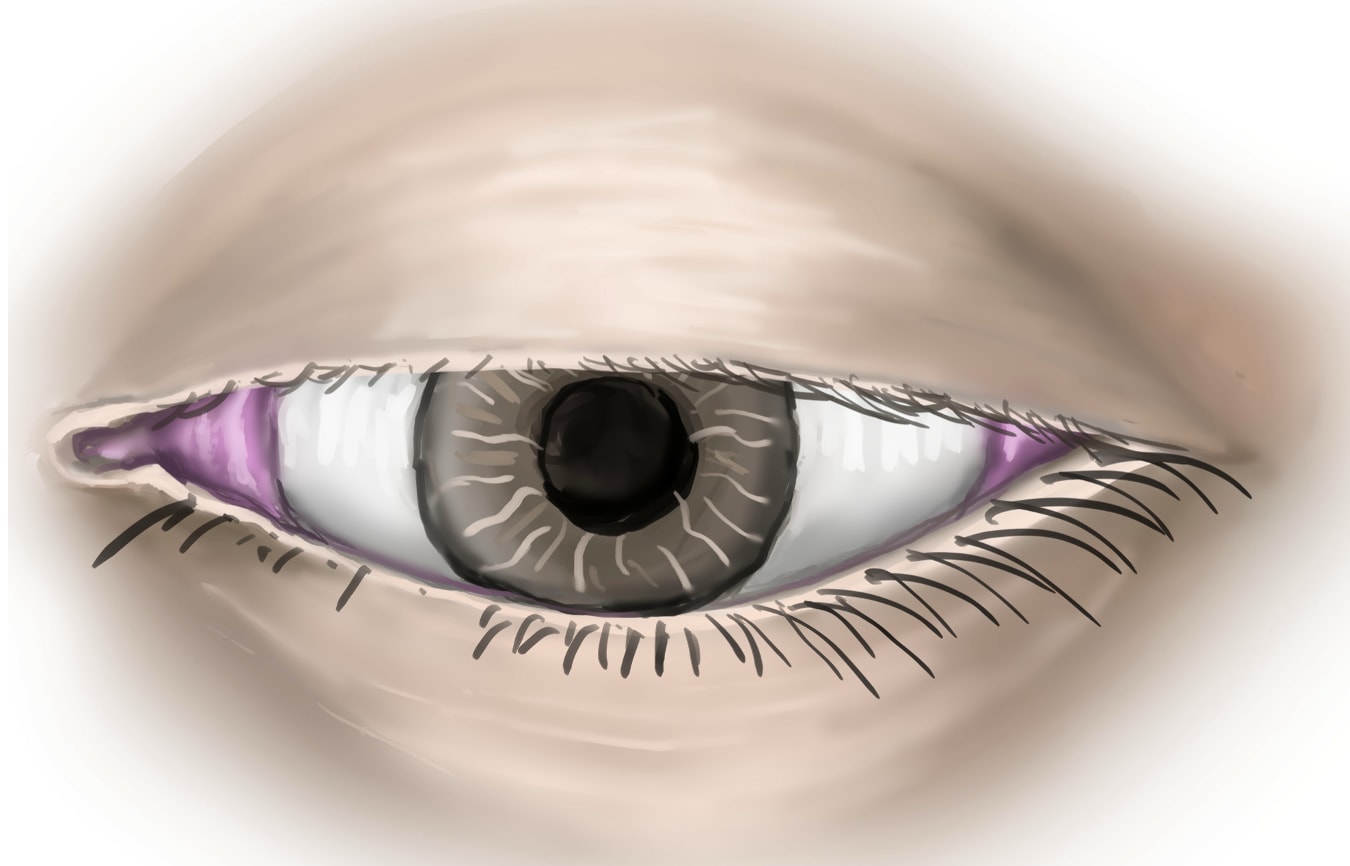Attendees of the Optometry’s Meeting 2025 lecture “Life-Threatening Eye Signs & Symptoms That Can’t Be Missed” learned, in part, about the 5 red flags of asymmetric lid ptosis that portend fatal conditions. The lecture was given by Joseph P. Shovlin, OD, FAAO.
“Many potentially life-threatening eye signs and symptoms are presented to the eye care provider, not infrequently,” Dr. Shovlin said. “Providers must be aware of sinister-presenting signs and symptoms, as doing so might just save a patient’s life.” These are the 5 red flags:

- Third Nerve Palsy
Dr. Shovlin explained that a partial or complete third nerve palsy typically accompanied by external ophthalmoplegia and an involved pupil warrants an urgent referral for imaging (magnetic resonance imaging [MRI]/magnetic resonance angiography [MRA] or computed tomography [CT]/computed tomography angiography [CTA]), and an arteriogram. The reason: A third nerve palsy may signal an expanding intracranial aneurysm. - Mild Unilateral Ptosis and More
A presentation of unilateral ptosis (often mild) with anisocoria (smaller same side), a lag in dilation in dark illumination and “reverse ptosis” of the lower eyelid are classic signs of Horner syndrome, pointed out Dr. Shovlin. The neurologic condition is comprised of anhydrosis, miosis, and ptosis, and results from a lesion that causes damage or disrupts the sympathetic pathways to the head and neck. Dr. Shovlin added that recent headache, brow ache, forehead tingling, or neck pain necessitates urgent imaging (chest CT for lung lesions [especially the apex]) and MRI/MRA or CT/CTA to aid in determining both the source and location of the lesion. - Extremity Weakness and More
Weakness in extremities, shortness in breath, and dysphagia, signal myasthenia gravis, explained Dr. Shovlin. To confirm the diagnosis, a low-density lipoprotein receptor-related protein 4 test is needed. Myesthenia gravis carries a high rate of thymoma and thyroid dysfunction, he added. - Chronic Progressive Ophthalmoplegia
This slow, progressive ptosis and external ophthalmoplegia, which can be easily missed in its early stages, is often attributed to Kearns Sayre syndrome, Dr. Shovlin pointed out. Kearns Sayre syndrome is a rare neuromuscular condition that can create mild to complete blocks of the electrical signal to the heartbeat, which can cause a cardiac arrest. Dr. Shovlin explained that a muscle biopsy and genetic testing can aid in the diagnosis of chronic progressive ophthalmoplegia.
- Occult Malignancy or Infection
Dr. Shovlin said that these may bring about unilateral ptosis. The former can be a sign of lymphoma in older patients. The latter can include preceptal cellulitis, and cavernous sinus thrombosis, according to research. OM



